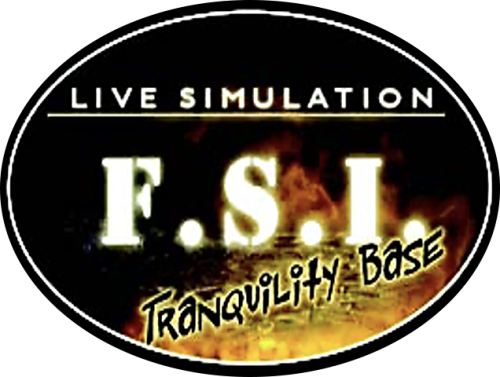F.S.I. (Fire Scene Investigation)
For Teachers
Standards
National Math Standards
NM-NUM: Understand numbers, ways of representing numbers, relationships among numbers, and number systems.
-
Work flexibly with fractions, decimals, and percentages to solve problems.
-
Understand and use ratios and proportions to represent quantitative relationships.
NM-NUM: Understand meanings of operations and how they relate to one another.
-
Understand the meaning and effects of arithmetic operations with fractions, decimals, and integers.
NM: Algebra Standard
-
Understand patterns, relations, and functions.
-
Represent, analyze, and generalize a variety of patterns with tables, graphs, words, and, when possible, symbolic rules.
-
Relate and compare different forms of representation for a relationship.
-
Use mathematical models to represent and understand quantitative relationships.
-
Model and solve contextualized problems, using various representations, such as graphs, tables, and equations.
NM: Geometry Standard
-
Analyze characteristics and properties of two- and three-dimensional geometric shapes and develop mathematical arguments about geometric relationships.
-
Precisely describe, classify, and understand relationships among types of two- and three-dimensional objects using their defining properties.
-
Understand relationships among the angles, side lengths, perimeters, areas, and volumes of similar objects.
-
NM-MEA: Understand measurable attributes of objects and the units, systems, and processes of measurement.
-
Apply appropriate techniques, tools, and formulas to determine measurements.
-
Select and apply techniques and tools to accurately find length, area, volume, and angle measures to appropriate levels of precision.
NM: Data Analysis and Probability Standard
-
Select, create, and use appropriate graphical representations of data, including histograms, box plots, and scatterplots.
-
Select and use appropriate statistical methods to analyze data.
-
Find, use, and interpret measures of center and spread, including mean and interquartile range.
-
Discuss and understand the correspondence between data sets and their graphical representations, especially histograms, stem-and-leaf plots, box plots, and scatterplots.
-
Develop and evaluate inferences and predictions that are based on data.
NM: Problem-Solving Standard
-
Build new mathematical knowledge through problem solving.
-
Solve problems that arise in mathematics and in other contexts.
-
Apply and adapt a variety of appropriate strategies to solve problems.
NM: Communication Standard
-
Organize and consolidate their mathematical thinking through communication.
-
Communicate their mathematical thinking coherently and clearly to peers, teachers, and others.
NM: Connections Standard
-
Recognize and use connections among mathematical ideas.
-
Understand how mathematical ideas interconnect and build on one another to produce a coherent whole.
-
Recognize and apply mathematics in contexts outside of mathematics.
NM: Representation Standard
-
Create and use representations to organize, record, and communicate mathematical ideas.
-
Select, apply, and translate among mathematical representations to solve problems.
-

